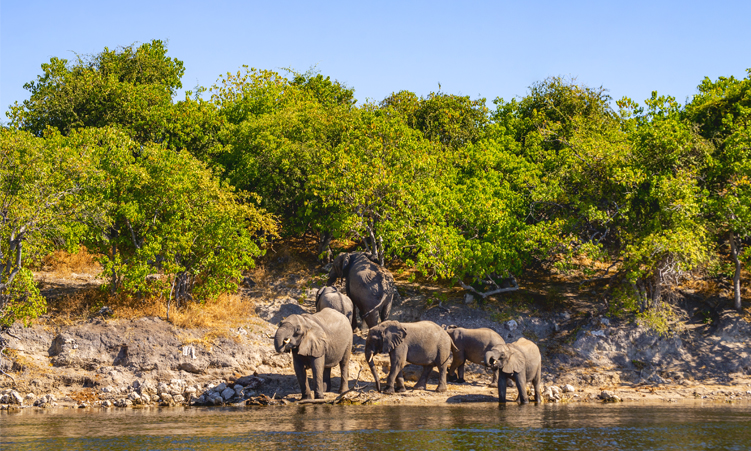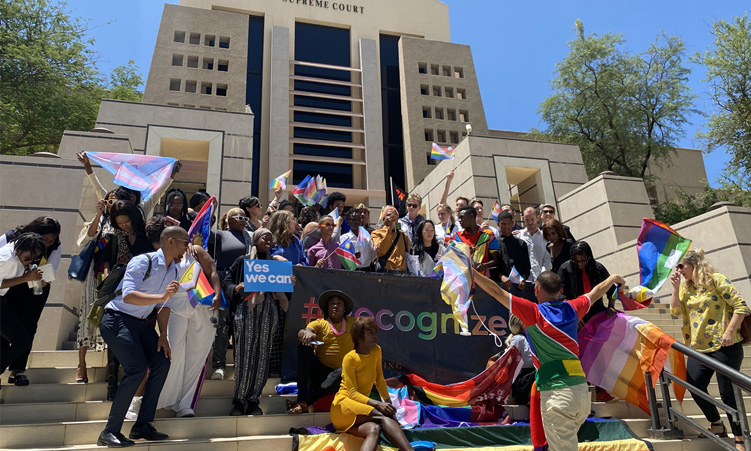As Namibia commemorates Heroes Day on 26 August, we honour those who fought tirelessly for our freedom and laid the groundwork for our nation’s prosperity.
This day marks a significant moment in our history. It is an occasion to remember the sacrifices that brought us independence.
As a leader in the tourism sector, we at Gondwana Collection Namibia are particularly excited to reflect on how this liberty has shaped the Namibia we know today, as well as its effects on the ever-growing nature of the sector.

The journey to independence was long and tough. Namibia’s struggle for freedom was marked by key events, such as the formation of various resistance groups.
On 21 March 1990, Namibia finally achieved independence. The adoption of the Namibian Constitution on this day marked the beginning of a new era, one where the country could govern itself, set its own priorities and build a future rooted in freedom, justice and equality.
The Namibian Constitution is more than just a legal document; it is evidence to the values and aspirations of a newly independent nation. Chapter 11 of the Constitution specifically highlights the importance of the environment and sustainable development, laying the foundation for Namibia’s commitment to conservation, a key pillar of its tourism industry.
Article 95 of the Constitution emphasises the need to maintain ecosystems, essential ecological processes and biological diversity, which directly supports the sustainable use of natural resources. This commitment to conservation has allowed Namibia to develop a tourism sector that not only showcases its natural beauty, but also ensures resources are preserved for future generations.
Prior to independence, Namibia’s tourism potential was largely underdeveloped, with limited infrastructure and restricted access to many of the country’s natural wonders, particularly for the marginalised. The legacy of this oppression created significant barriers to access and opportunities.
Independence became the biggest enabler and brought with it the freedom to develop and promote Namibia as a global travel destination. The establishment of community conservancies and heritage sites became a priority, supported by policies that encouraged sustainable tourism and local community involvement.
The Nature Conservation Amendment Act of 1996 was a milestone on this journey, enabling the creation of communal conservancies that have empowered local communities to manage and benefit from natural resources.
Today, Namibia is home to over 86 conservancies, covering nearly 20% of the country’s land surface. This achievement has made Namibia a model for conservation-based tourism worldwide.
Gondwana Collection Namibia properties such as Chobe River Camp in the Salambala Conservancy, Namushasha River Lodge and River Villa in the Mashi Conservancy and Palmwag Lodge and Camp in the Palmwag Concession are actively involved in community development. These lodges assist local conservation efforts, wildlife habitat preservation and community development projects.
Today, Namibia’s tourism sector is a vital part of the national economy, contributing significantly to the gross domestic product (6,9%), job creation and rural development.
The country’s commitment to responsible tourism has earned it global recognition, with destinations like Etosha National Park, the Namib Desert, Skeleton Coast and others attracting visitors from around the world.
Currently, Namibia’s tourism industry faces new opportunities and challenges. The global demand for sustainable and authentic travel experiences continues to grow, and Namibia is well-positioned to meet this demand.
However, the industry must also navigate the impacts of climate change, economic uncertainty and further investment in infrastructure, such as the growth of airlines and travel alternatives. This is required to adequately support and improve the tourism experience. Improved connectivity and community development are also needed to guarantee that the advantages of tourism reach all parts of the country.

Looking to the future, the tourism sector’s growth must be guided by the principles enshrined in the Constitution, such as sustainability, inclusivity and the equitable sharing of benefits.
Initiatives like the National Sustainable Tourism Growth and Development Strategy 2016-2026 are crucial in ensuring tourism continues to prosper, while preserving Namibia’s unique natural and cultural resources.
We are deeply grateful to those who fought for Namibia’s freedom. Their sacrifices have given us a nation where we can flourish and share our talents and beauty with the world – one in which our various cultures can be celebrated.
The tourism industry we see today is one of the many legacies of independence. The sector not only drives economic growth, it also honours our nation’s heritage and values.
Happy Heroes Day, Namibia! May we continue to build on the foundation of independence by remembering the past, embracing the present and looking forward to continued growth and prosperity in the tourism sector and beyond.
Stay informed with The Namibian – your source for credible journalism. Get in-depth reporting and opinions for
only N$85 a month. Invest in journalism, invest in democracy –
Subscribe Now!









